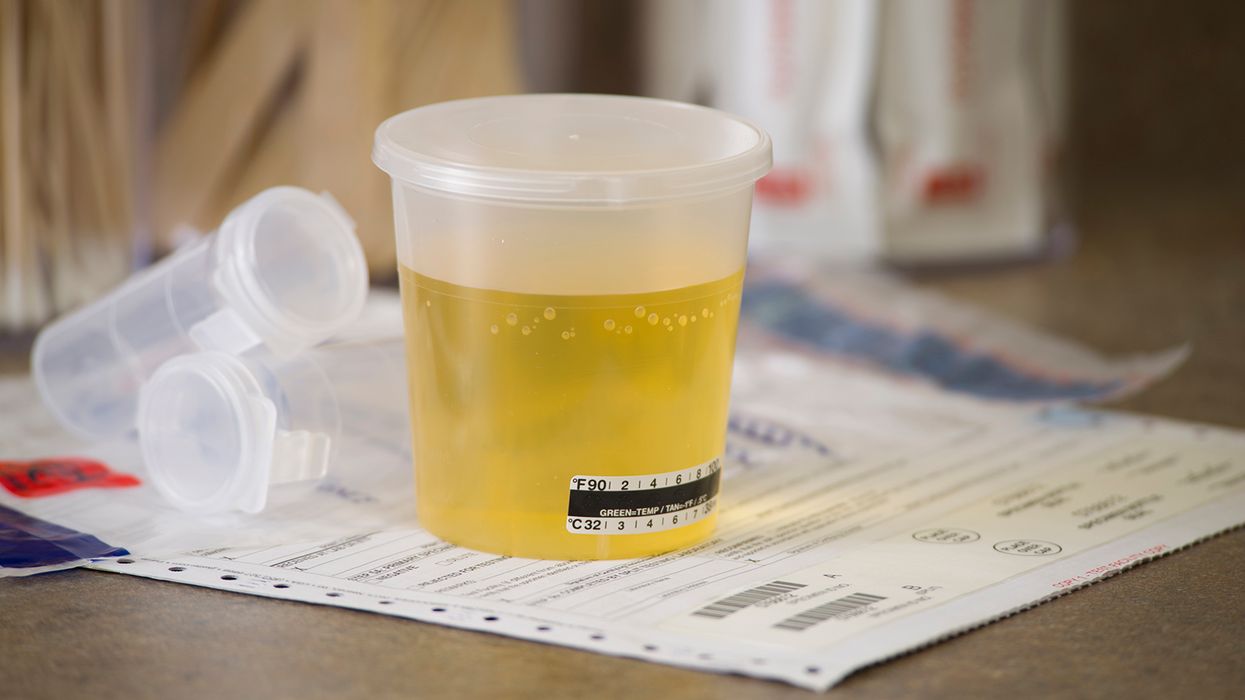DOT green-lights more pulsating brake lamps
Federal regulators are allowing another motor carrier to test pulsating brake lights, but with many strings attached.
The Federal Motor Carrier Safety Administration (FMCSA) has granted a five-year exemption that will allow an Oklahoma-based motor carrier, Gemini Motor Transport, to install and test the Intellistop lighting module using a phased-in approach.
4 times in 2 seconds
The Intellistop system “pulses” the rear clearance, identification, and brake lamps from a low-level intensity to a higher-level intensity four times in the first two seconds after the brakes are applied. After those two seconds, the lamps must burn steady, as normally required.
Tests have shown that pulsating brake lights can be highly effective at preventing rear-end crashes, which account for approximately 30 percent of all crashes.
Other exemptions currently in place allow motor carriers to have pulsating brake-activated lights on dry van trailers, van-body trucks, and tank trailers, but those lights must be in addition to (and not alter) the required steady-burning brake lights.
Legal fight
The new exemption is a small win for Intellistop, which has been battling the FMCSA for years to get its system approved for use.
In 2020, the company requested an exemption to allow any motor carrier to use its lighting module but the FMCSA denied the request in 2022 on the grounds that it was a step too far and could harm highway safety.
That led to a lawsuit from Intellistop, but last year a federal appeals court disagreed and let the denial stand.
The FMCSA said that while the Intellistop exemption would have been too broad, the agency was open to allowing individual motor carriers to request an exemption to test the Intellistop system on a more limited basis. Seven motor carriers did just that, including Gemini, the first carrier to receive such an exemption.
Strings attached
The FMCSA is requiring the company to jump through numerous hoops if it wants to move forward with use of pulsating lights. Under the terms of the exemption, Gemini will need to:
- Install the Intellistop modules itself, without assistance from third parties.
- Install the modules on no more than 25 percent of its vehicles during the first year, and no more than 50 percent during the second year.
- Operate a similar “control group” of vehicles without pulsating lights during the first two years of the exemption, so safety can be compared between the two vehicle types.
- Submit quarterly and annual reports, as well as details about all vehicles equipped with Intellistop modules.
- Remove the modules from any vehicles that are sold.
- Require each driver to test the operation of the module before driving.
- Meet with FMCSA officials upon demand to discuss the exemption.
The FMCSA has the authority to cancel the exemption at any time if it decides that highway safety has been compromised. On the other hand, if Gemini’s test proves a success, it could lead to a future change in the regulations to allow more widespread use of pulsating lights.
The exemption, granted on May 10, 2024, is set to expire in May 2029. It exempts Gemini from compliance with the “steady-burning” requirement in 49 CFR 393.25(e), 393.11(a), and 393.25(c). According to FMCSA data, Gemini has about 1,700 drivers operating 1,200 power units.
What about you?
The new exemption is limited to Gemini Motor Transport, so don’t rush out to alter your vehicles anytime soon. But that doesn’t mean you can’t apply for your own exemption to install pulsating lights or other equipment that isn’t currently allowed by regulation.
You’ll need to follow the procedures outlined in 49 CFR 381, Subpart C, Procedures for applying for exemptions. Part of the process involves explaining to the FMCSA why an exemption would improve highway safety, including any available data to prove the point.
Key to remember: An Oklahoma motor carrier has been granted an exemption allowing it to use a system that pulses the rear brake, ID, and clearance lamps on its trucks and trailers, if a variety of conditions are met.



















































